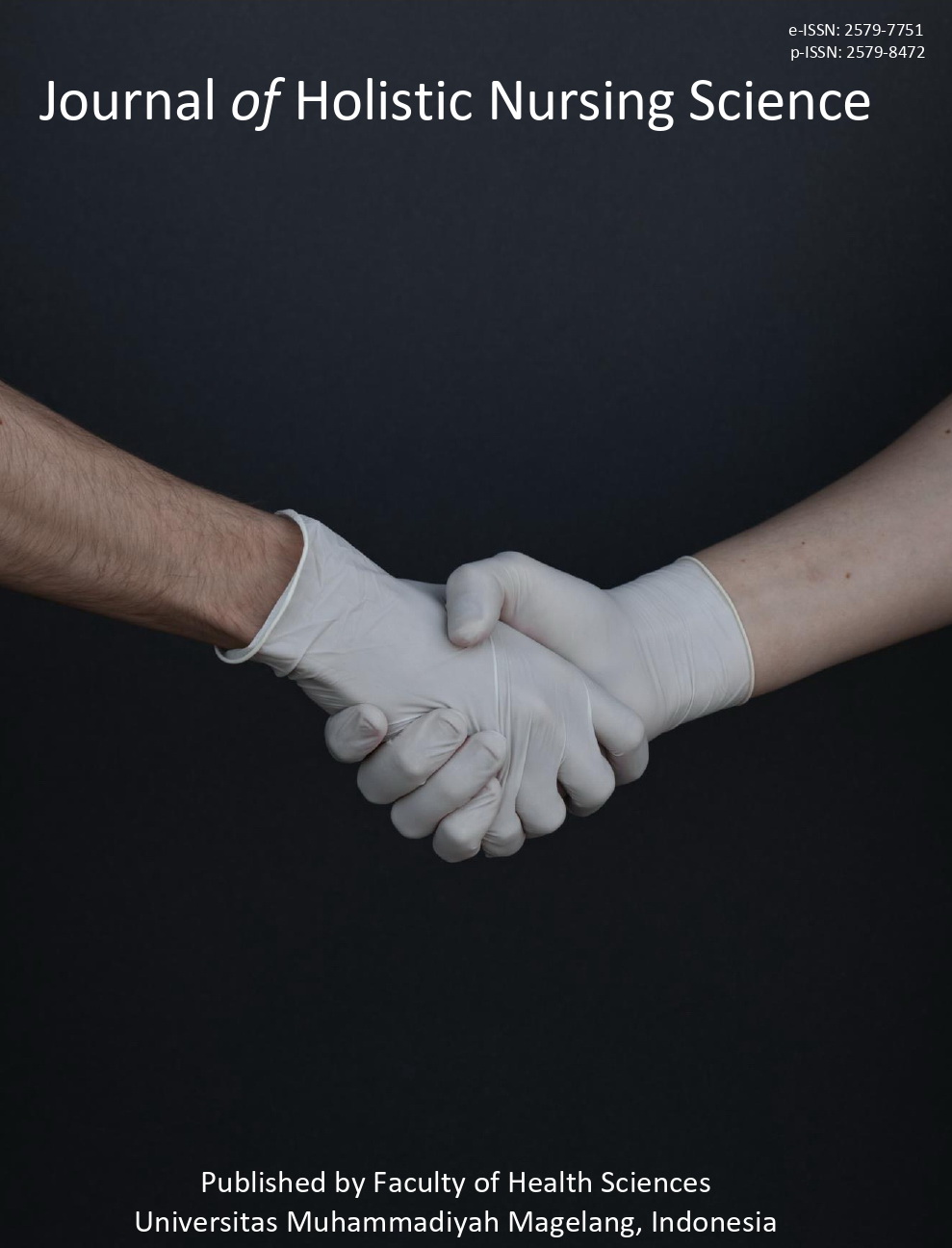The impact of asphyxia on the development of hyperbilirubinemia in newborns: An observational study
Main Article Content
Abstract
Asphyxia is still a major cause of morbidity and mortality in newborns in both developing and developed countries. The prevalence of asphyxia in provincial referral hospitals in Indonesia is 41.94%. The purpose of this study was to determine the correlation between the first minute Apgar score and bilirubin levels in newborns at Margono Soekarjo Hospital, Purwokerto. The type of research used is analytic observational with a cross sectional approach. The population in this study were newborns who were cared for in the perinatal room at Margono Soekarjo Hospital Purwokerto in 2021-2022 with a total of 3824 babies. The sample size was 156. Data analysis used the Pearson Product Moment test. The results showed that the lowest Apgar score was 1 and the highest Apgar score was 8, the average Apgar score was 5. The lowest bilirubin level was 0.1 mg/dL and the highest bilirubin level was 24.16 mg/dL, the average bilirubin level was 10.68 mg /dL. There is a significant correlation between Apgar scores and bilirubin levels in newborns at Margono Soekarjo Hospital, Purwokerto, with a weak correlation (-0.231). The greater the Apgar score, the lower the bilirubin level.
Keywords: Asphyxia; paediatric nursing; hyperbilirubinemia; hospital care; nursing care
Downloads
Article Details

This work is licensed under a Creative Commons Attribution-NonCommercial 4.0 International License.
